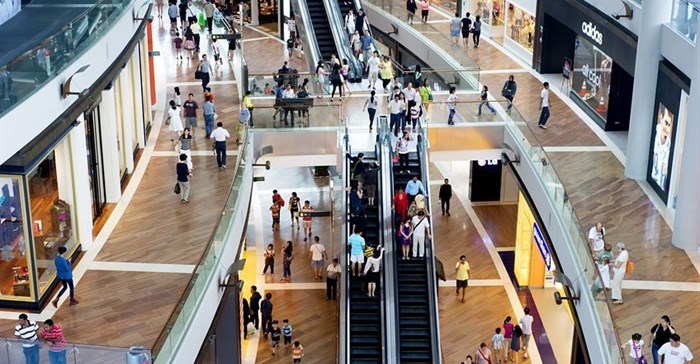
Top stories






More news






HR & Management
Kickstart your career: 7 steps to get job-ready in 2026








Despite concerns of over-supply in certain locations, the retail market has shown steady growth with the number of shopping centres increasing from 1959 in mid-2017 to over 2000 at present.
This is according to the latest Retail Report released by JLL, which provides an outlook of the retail sector and takes the national statistics about retail sales as well as the performance of key retailers in the economy into consideration. Real estate measures including supply, vacancy levels and trading densities were also part of the research spectrum.
Data from SAPOA has revealed that the overall vacancy rate is currently sitting at 4.2% which is above its long-term average that has been at around the 2.9% mark; this is indicative of an increase in retail space across the country and notes concern about short-term oversupply in some locations.
“Supply has shown continued growth over the past year with key developments throughout South Africa seeing completion toward the end of 2018. This trend will continue with the expansion of Fourways Mall as well as the completion of Sky City set for completion this year,” says Omphile Ramokhoase, research analyst, JLL sub-Saharan Africa.
“While trading density levels have seen recovery in the larger retail formats, data from SAPOA indicates that apparel and department stores like Edcon, Woolworths and Pepkor have all under-performed. It is also worth noting that not all retailers are succumbing to this trend and that trends in sales performance reported by SAPOA, Statistics South Africa and retailers do not always correspond,” adds Ramokhoase.
South African households continue to face challenges due to economic pressures that have resulted in decreases in disposable income, this is reflected by the low sales growth levels recorded in the last two years.
All is not lost, as the market becomes more competitive, shopping centres will be driven to provide a varied offering to a more discerning consumer which will maximise footfall, dwell time and spending per trip; ultimately positioning the centre for outperformance in the overall market.